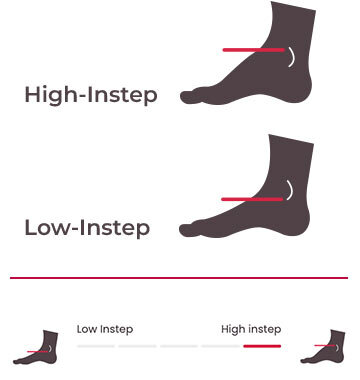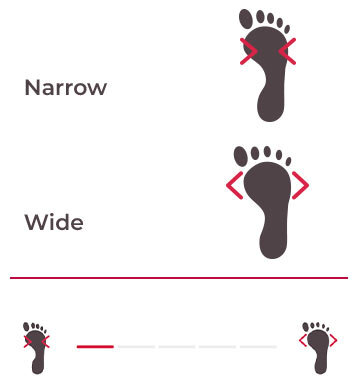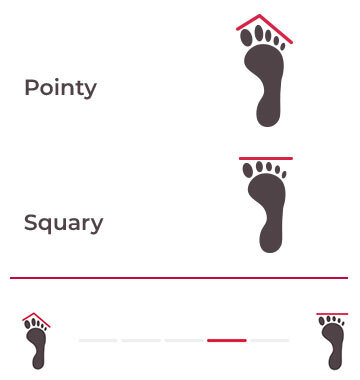If you’ve ever taken a somewhat closer look at climbing shoes or even shoes in general, you’ll most likely have already come across the topic of different feet shapes and types.
Shoes are made on what is known as a last, a model of the foot that determines the shape of the finished product. As you can see if you take a look at our technology page, the shape of a climbing shoe, i.e. how symmetrical or asymmetrical the model is or the extent to which the forefoot area slopes downward (downturn), has a huge impact on its performance.
However, the last also determines how wide or narrow a climbing shoe is, the height of the instep, and the shape of the forefoot area. These aspects directly affect the fit and comfort of a shoe.
Our website provides the following information about every single Red Chili model:



